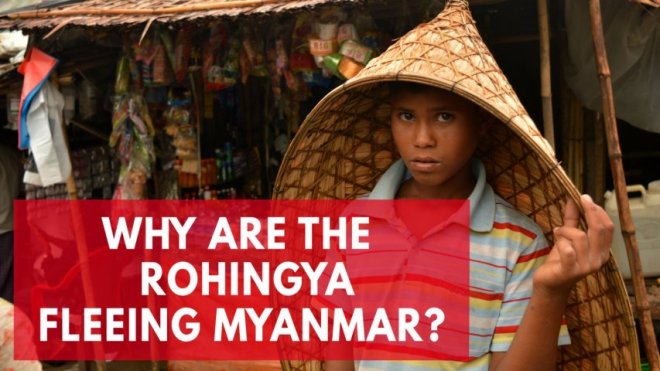
Myanmar's Rohingya crisis has escalated over the past three weeks, with the United Nations estimating more than 400,000 Rohingya Muslims having fled the hostility in Rakhine to Bangladesh.
It's tarnished the reputation of the country's de facto leader, Aung San Suu Kyi, a 1991 Nobel Peace Prize.
So what's causing the violence?
Violence is escalating in Rakhine state of Myanmar after a group of insurgents from the Arakan Rohingya Salvation Army (ARSA) attacked 30 official posts and killed 12 people on August 25.
The militants claimed it was a defensive action to counter the government's atrocities against Rohingya Muslims, who have suffered decades of oppression and deprivation of citizenship as well as basic rights.
The insurgent attacks have provoked Myanmar's security forces to hit back. The retaliation, however, has shocked the world with its scope of destruction and brutality.
Why are Rohingya Muslims targeted?
Majority of the Muslims living in the northern part of Rakhine identify as Rohingya. Buddhist-majority Myanmar see the Rohingya as illegal Bangladeshi immigrants. They are denied citizenshop and face restrictions on movement and work.
What has Suu Kyi done?
Aung San Suu Kyi said her government is working with Bangladesh to improve border security following the exodus of Rohingyas.
"We want to find out the cause of the Rohingya exodus to Bangladesh, as many remain in Rakhine despite the 'state of turmoil'," she said in her speech on Tuesday.
"I ask the international community to help us find new ways that are more constructive and daring to resolve the problems we have," she said.
(With inputs from Bloomberg, Wikipedia)









